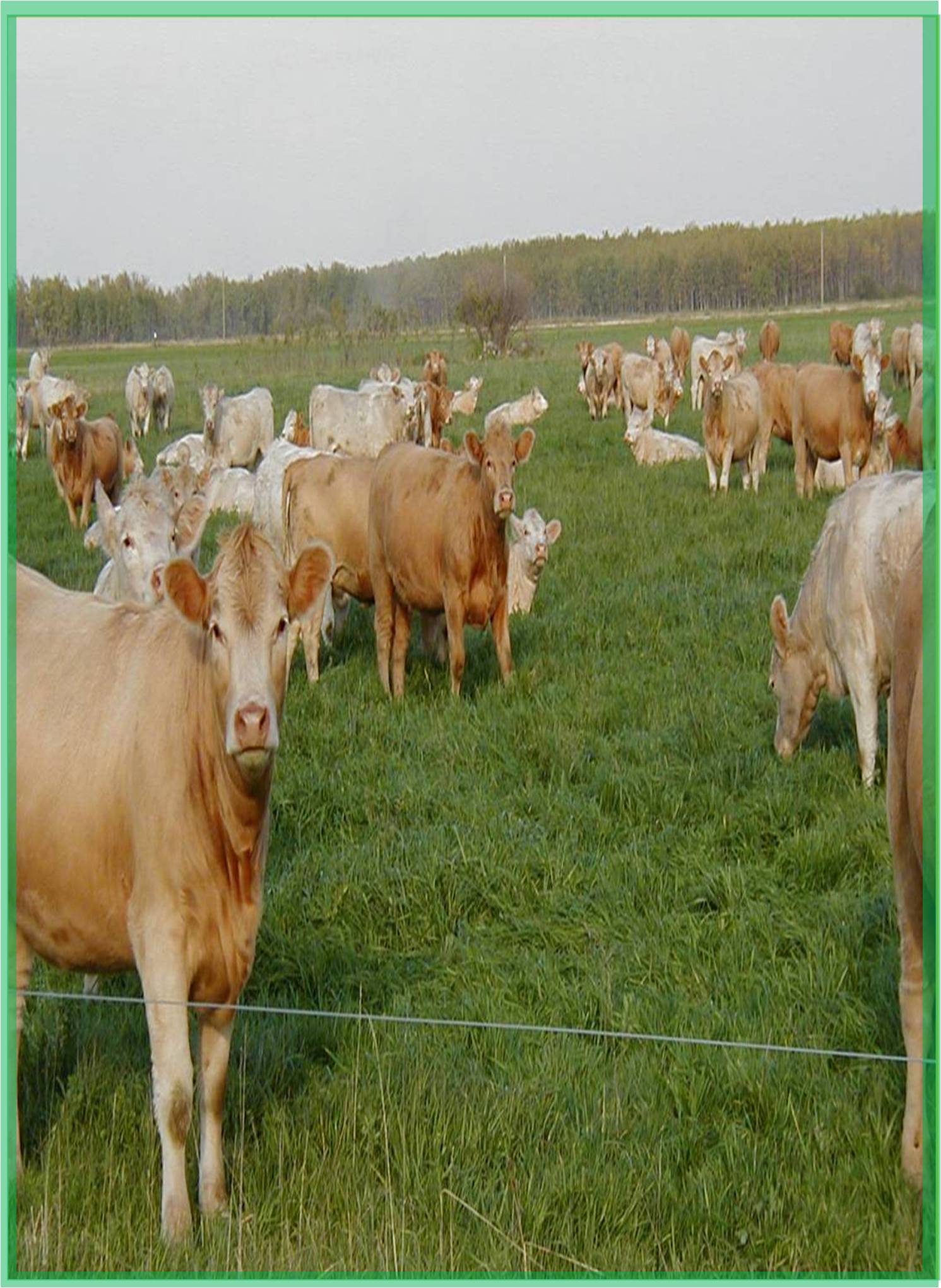



Received: 02-Aug-2022, Manuscript No. GJAS-22-73941; Editor assigned: 05-Aug-2022, Pre QC No. GJAS-22-73941 (PQ); Reviewed: 22-Aug-2022, QC No. GJAS-22-73941; Revised: 29-Aug-2022, Manuscript No. GJAS-22-73941 (R); Published: 05-Sep-2022, DOI: 10.15651/GJAS.22.10.007
Banana is one of the most important fruit crops in the world because it is high in nutrients and has recently gained popularity for its fiber, which is used as a raw material in many industries. Models related to the banana crop are less common, and reviews on previous modelling efforts are scarce, emphasizing the need for evidence-based studies on this topic. Multiple linear regression models were frequently used by modelers to estimate banana plant growth and fruit yield. Existing models include a variety of predictor variables, growth conditions, varieties, modelling approaches, and evaluation methods, limiting comparative evaluation and model selection.
The banana process-based simulation model and artificial neural network, on the other hand, have demonstrated their robust applicability to estimate banana plant growth. This study demonstrates that there is a lack of information on mathematical models related to banana fiber yield. This study could help stakeholders identify the strengths and limitations of existing models while also providing insight into how to develop novel and reliable banana crop-related mathematical models. The banana is one of the world's oldest cultivated fruit plants, with its origins in South East Asia and Indochina. With a cultivated area of 3.8 million hectares spread across 122 countries, banana is also considered the fifth most valuable commercialized agricultural food crop.
Bananas and plantains are rhizomatous herbs with terminal buds that produce inflorescence. The cycle sequence is repeated for one to fifty generations or more, indicating that it is perennial. Sucker emergence, vegetative growth, flowering, and fruiting are the major developmental stages of banana plants. A ripe fruit is the most economically valuable part of the banana plant; however, unripe fruit, inflorescence, leaves, stem, and rhizome parts are used as a cooked vegetable and animal feed in many countries. Furthermore, because of its medicinal properties, banana can be considered an herbal plant.
Prior research has shown that the banana is rich in bioactive compounds (carotenoids, flavonoids, phenolic, amines, phytosterols, and vitamins) that have antioxidant properties and can be used to provide pharmaceutical and health benefits. Furthermore, banana fiber has grown in popularity due to its many beneficial properties, including biodegradability, recyclability, chemical-free, low cost, low weight, high strength, non-toxic, and odor-free. Furthermore, it is a superior substitute for synthetic and other natural fibers. Bananas are one of the world's most important fruit crops. They are high in nutrients and have recently gained popularity due to their high fiber content.
India leads in banana production, accounting for 25.7% of total yield. The Asia-Pacific region accounts for 61% of global banana consumption. Consuming dietary fiber provides numerous fitness benefits. However, common fiber intakes for US children and adults are less than half of the recommended levels. Individuals who consume a lot of fiber appear to be at a significantly lower risk of developing coronary heart disease, stroke, hypertension, diabetes, obesity, and certain gastrointestinal diseases.
Increased fiber consumption benefits the following gastrointestinal issues: gastroesophageal reflux disease, duodenal ulcer, diverticulitis, constipation, and haemorrhoids. Prebiotic fibers appear to improve immune function. Dietary fiber consumption provides similar benefits to adults and children. The recommended nutritional fiber intake for children and adults is 14 g/1000 kcal. To improve fiber intake from ingredients or supplements, more powerful verbal exchange and client training are required.